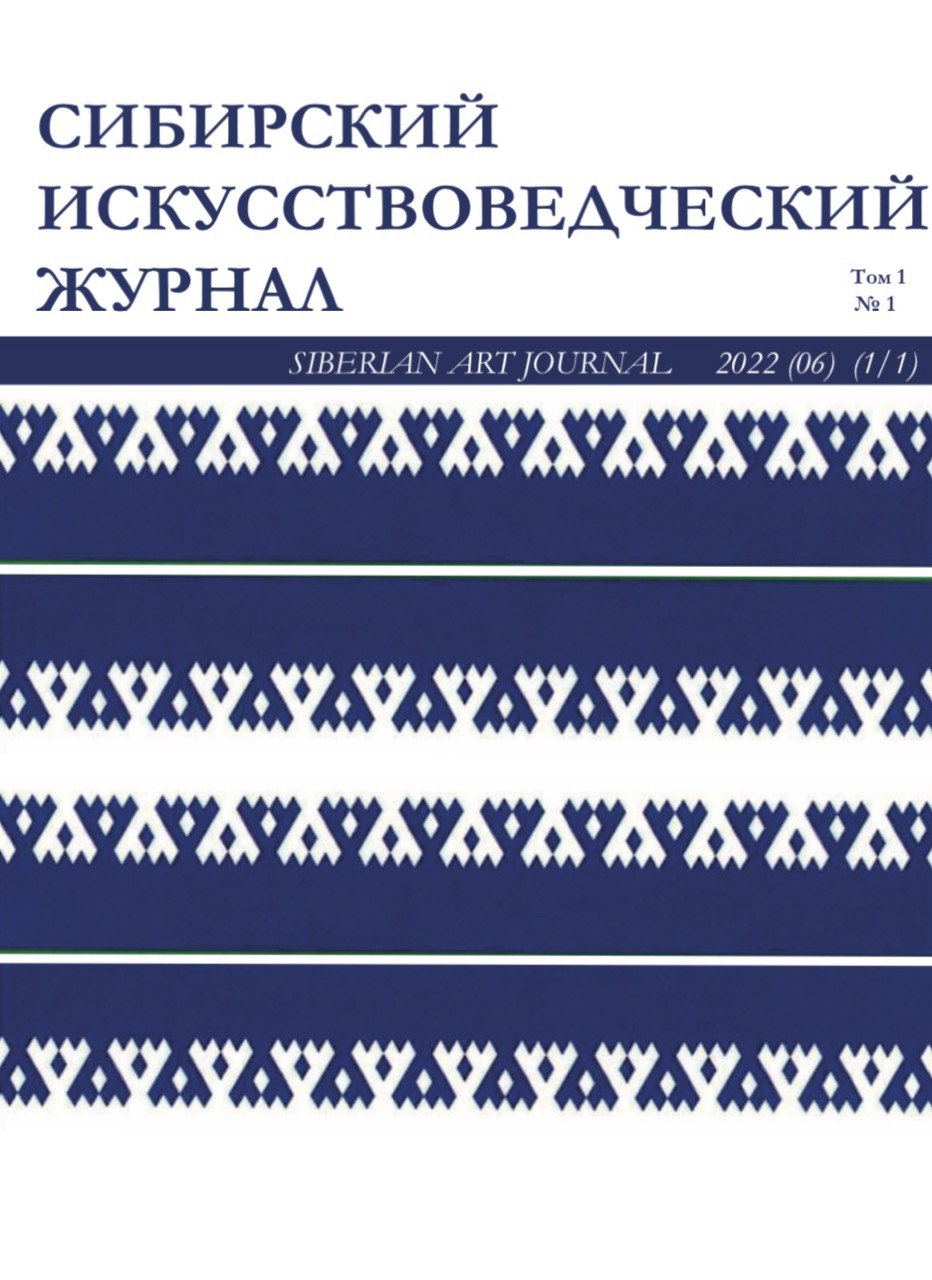student from 01.01.2021 to 01.01.2024
This article analyzes the social model of bullying, presented in the film by Roland Bykov "Chuchelo", using philosophical and art criticism analysis, semiotic method and theory of artistic communication. The mechanisms of bullying, their consequences for the victim and society, and the film's call for audience responsibility for countering bullying are investigated. The scarecrow is seen as a powerful tool for creating a culture of intolerance to violence and increasing social responsibility. Research using philosophical and art criticism analysis, the semiotic method of analyzing cinema, as well as the theory of artistic communication.
bullying, cinema, the film "Chuchelo " by Roland Bykov in 1983, analysis of the work, social model, film communication, the influence of cinema on the viewer
1. Bekulova, I. Z., & Tukhujeva, L. A. (2021). Bullying in school. Questions of Science and Education, 3(128), 65–67.
2. Bogatyreva, N. Yu. (2018). Spiritual and moral values in modern children's literature. Bulletin of the Orthodox St. Tikhon Humanitarian University. Series 4: Pedagogy. Psychology, 51, 26–41.
3. Burdina, S. V., & Shumilova, O. A. (2016). Evolution of the genre of school novels in 20th-century Russian literature. Bulletin of Perm University. Russian and Foreign Philology, 2(34), 128–134.
4. Gorokhova, O. V. (2018). Between love and "non-love": The Russian invariant of the child archetype in domestic cinematography. Yaroslavl Pedagogical Bulletin, 3, 235–242.
5. Eliseeva, E. A. (2011). The solution of artistic space in domestic feature films of the 70s–80s of the 20th century: Traditions and innovations. Bulletin of Moscow State University of Culture and Arts, 2(40), 211–216.
6. Zhabskiy, M. I. (2010). Cinema: Mirror or hammer. Communication as sociocultural practice. Moscow State Institute of International Relations, 1–536.
7. Zhabskiy, M. I., & Tarasov, K. A. (2019). Russian sociology of cinema in the context of societal development. Sociological Research, 11, 73–81.
8. Isaeva, E. A. (2019). Parental influence on child upbringing. Bulletin of Ulyanovsk State Technical University, 2(86), 14–15.
9. Korolev, A. A. (2021). The relationship between the victim's personality type and the specifics of bullying effects. Psychologist, 4, 1–10.
10. Mkrticheva, M. S. (2012). Cinema as a subject of sociological study: Opportunities and prospects. Theory and Practice of Social Development, 12, 113–118.
11. Poleva, E. A., & Myachina, E. I. (2015). The image of the central heroine in V. K. Zheleznikov's story "Scarecrow." Bulletin of Tomsk State Pedagogical University, 6(159), 208–214.
12. Rudyukhina, O. V., Guseva, Yu. E., & Semyonova, G. V. (2022). The problem of social exclusion in interpersonal relationships in the context of children's literature. Psychology of Man in Education, 3, 294–308.
13. Svitenko, N. V. (2022). "The point of no return": Betrayal in the structure of plots of domestic prose for teenagers. Bulletin of Volgograd State Pedagogical University, 4(167), 260–264.
14. Selina, E. E. (2018). Evolution of the cinematic image: From movement-image to time-image. Bulletin of Omsk State Pedagogical University. Humanitarian Studies, 3(20), 48–50.
15. Tarasova, M. V. (2015). Theory and practice of dialogue between the viewer and the work of art. Siberian Federal University.





